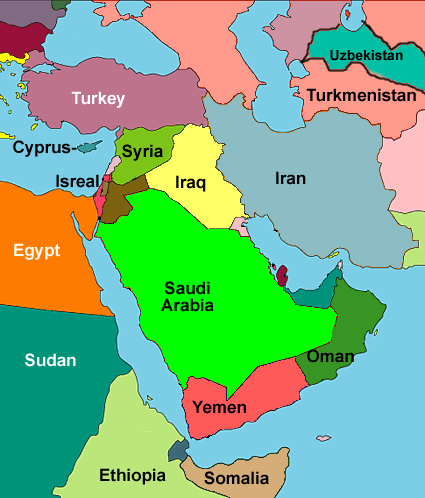Understanding the Differences Between Group A and Group B Zadroga Act Claims
The James Zadroga 9/11 Health and Compensation Act of 2010 was reauthorized in 2015. This was no small accomplishment. It took the commitment of thousands of individuals who were advocates for victims, first responders, and recovery workers effected by the September 11th attacks. The 9/11 attorneys at Hansen & Partner actively and proudly assisted the “Citizens for the Extension of the James Zadroga Act” in passing this important piece of legislation that provides benefits, treatment, and compensation to the thousands of individuals and families dealing with 9/11-related illnesses and losses.

